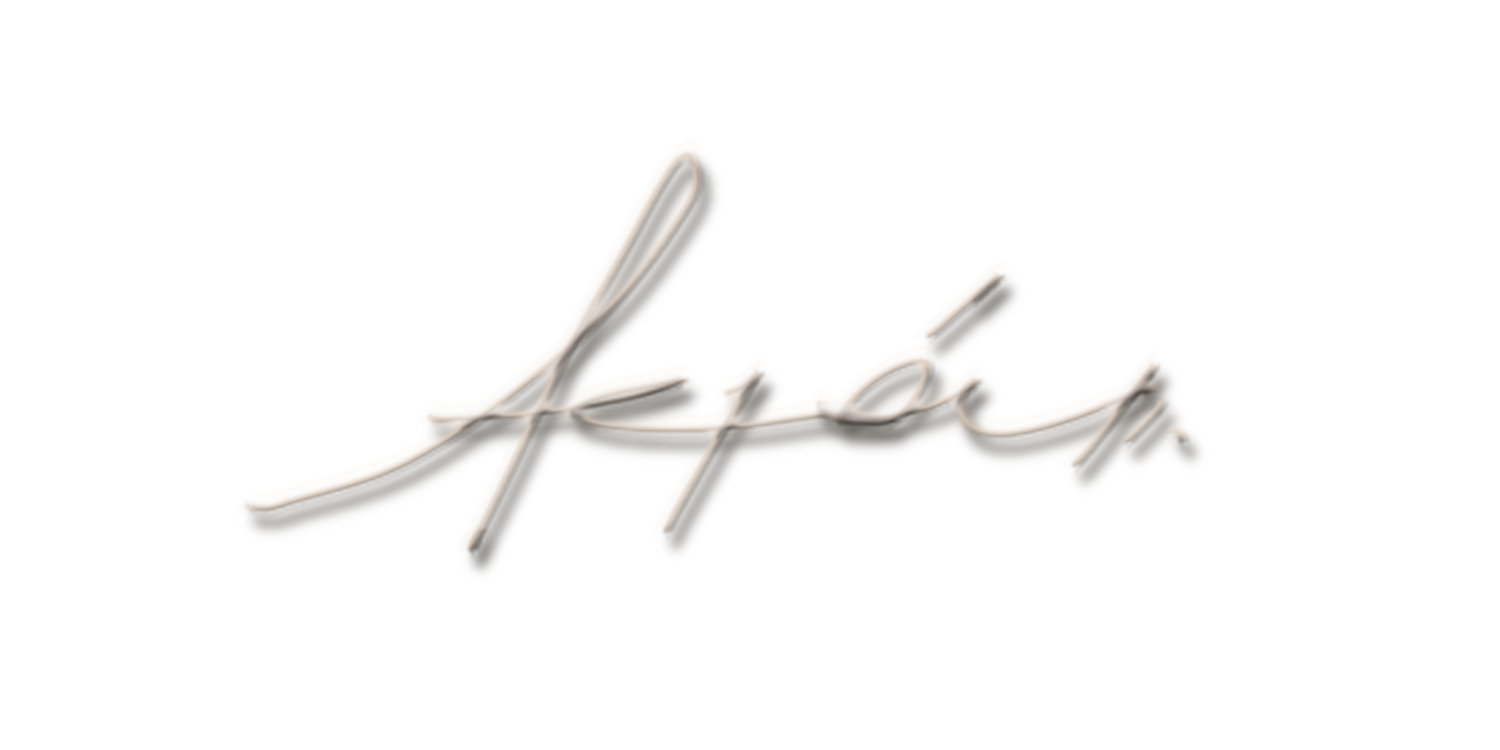 |
| The next phase of the Marine Layer series. I call this piece "Contemplation". |
The painting is finished! I will do nothing else to it other than assembling it. Now that it is done, I can tell you what it is for. This painting has been submitted to a contest, by the same curator in charge of Blossom II: Art of Flowers. After the success of said show, I was compelled to join this one as well.
Unlike last time, where I was pretty confident the painting would at least make the show, this time I have my reservations. It has nothing to do with the quality of the work, but with the way I have chosen to present it.
The funny thing with contests is that, even when it comes to realistic painting, the parameters are very broad and undefined. My experience has taught me that, ultimately, it comes down to what the judges think art should be and, if the judges are artists themselves, what validates their own artistic pursuits.
A decade ago, when I was in art school, I was guilty of trying to anticipate what the judges would be looking for. Now, I simply try to determine if submitting to a certain contest will be a waste of my time. There is no point in sending your work to a place where you know it probably won't fit, at least that's the theory. Having participated in a contest judged by some of the same people, I kind of know what to expect, but that does not mean I do not get to be myself or push the envelope a little.
I have taken many risks with this painting. Risks as far what this contest is concerned:
- The theme of this contest is "America's Parks, through the beauty of art". Think about it: it's about the parks. So, I purposely decided to not include an animal or a flower in the foreground of my composition. This is extremely risky, considering they even have both wildlife and floral award categories(on their own, huge tell signs of what the judges are looking for). Choosing this course of action was something I debated back and forth for weeks.
- I live in California, so I have access to a lot of beautiful inland parks. After deciding to showcase the nature of an open space, I needed to pick a setting that stood out, which is why I chose to go to the Channel Islands. There is going to be a whole lot of green in all those submissions, I figured I should paint something different.
- My painting is fragmented. It's a series of panels put together as one painting. They look like tiles, which is definitely not conventional "oil on canvas". Sometimes, when drawing something intricate, artists would draw a guiding grid on the canvas to aid the drawing process. Well, after many years of drawing the grid, I wondered what if I showcased the grid and made it a part of the finished work. I arrived to this idea after years of admiring Chuck Close's later painting period, where he didn't bother to erase the grid anymore. I am sure this is not something new, but I wonder if the judges will appreciate it. The fact is, most people who get to see my Marine Layer series wonder if these works are made on actual porcelain tile. That is something I think is pretty interesting and is a part of my work. After all, "the beauty of art" is part of the theme too, right?
- While last time I was pleasantly surprised to see many artists use acrylics, my personal technique is still a little unconventional. Last time, I wanted people to see the brush work, not I want something else. The whole thing is undefined, like floating on a cloud.
While this is a modern art competition, I am still a contemporary artist. I cannot strip my work of all the issues I have been trying to communicate over the past few years. For the first time, I submit a painting to a contest that is defined by my body of work, not the other way around. It has been over a decade since my father advised me to do things this way, but that's just how long is has taken me to develop my work. He always told me that by the time a contest came along, all I had to do was to choose a piece from my catalog to send over. I never fought this notion, I just needed to find my own voice. And man, what a journey it's been.
This is why Marine Layer is so important to me. It comes full circle. Everything that I have done so far is included in this series. The image intervention, the technique, the concepts behind it; they have all been maturing for years and have evolved into this. I am excited to see what's next!
When I traveled to this island, I stood still for long periods of time, waiting for my shot. It was like nature was showing me how to work. Here is this beautiful setting, and the marine layer is covering it all in this foggy, thin blanket of mist. All the beauty is there and I was patiently waiting to see it clear up. But is was always there, it was always beautiful. The island was not just a place anymore, it was a state of mind.
As for the painting, it is still covered in mist, waiting to clear up!








